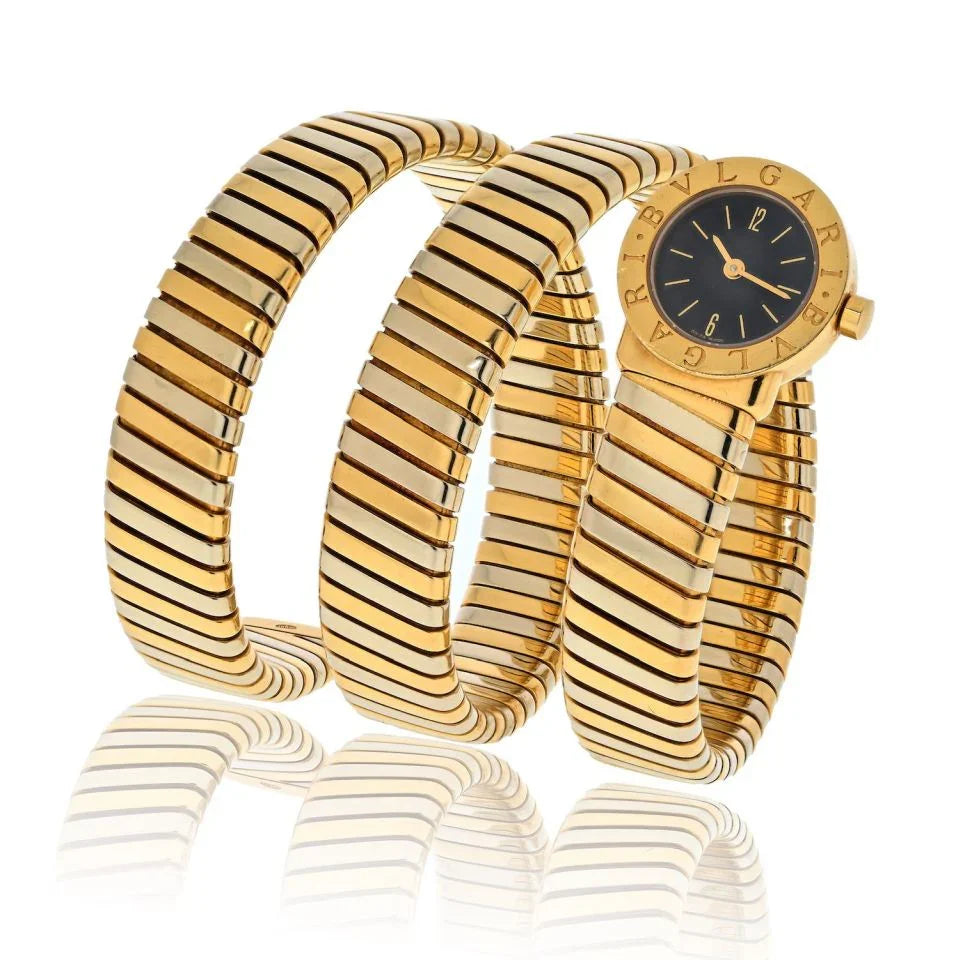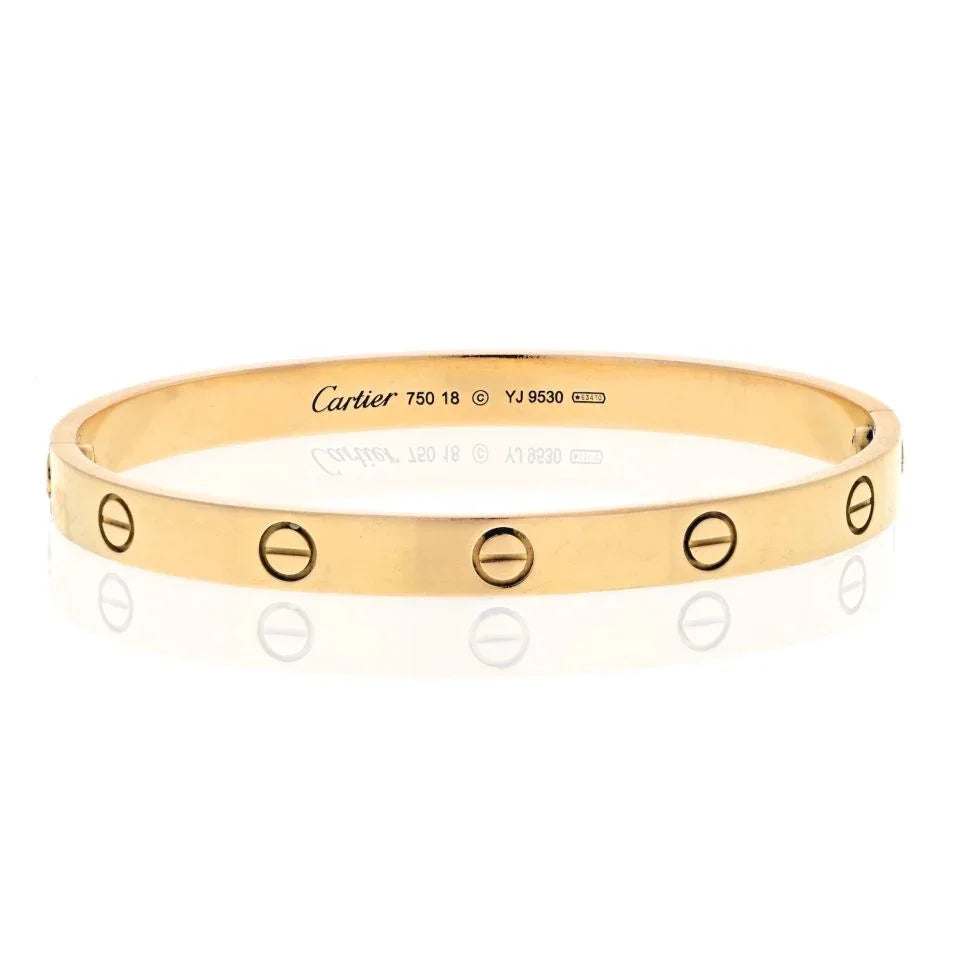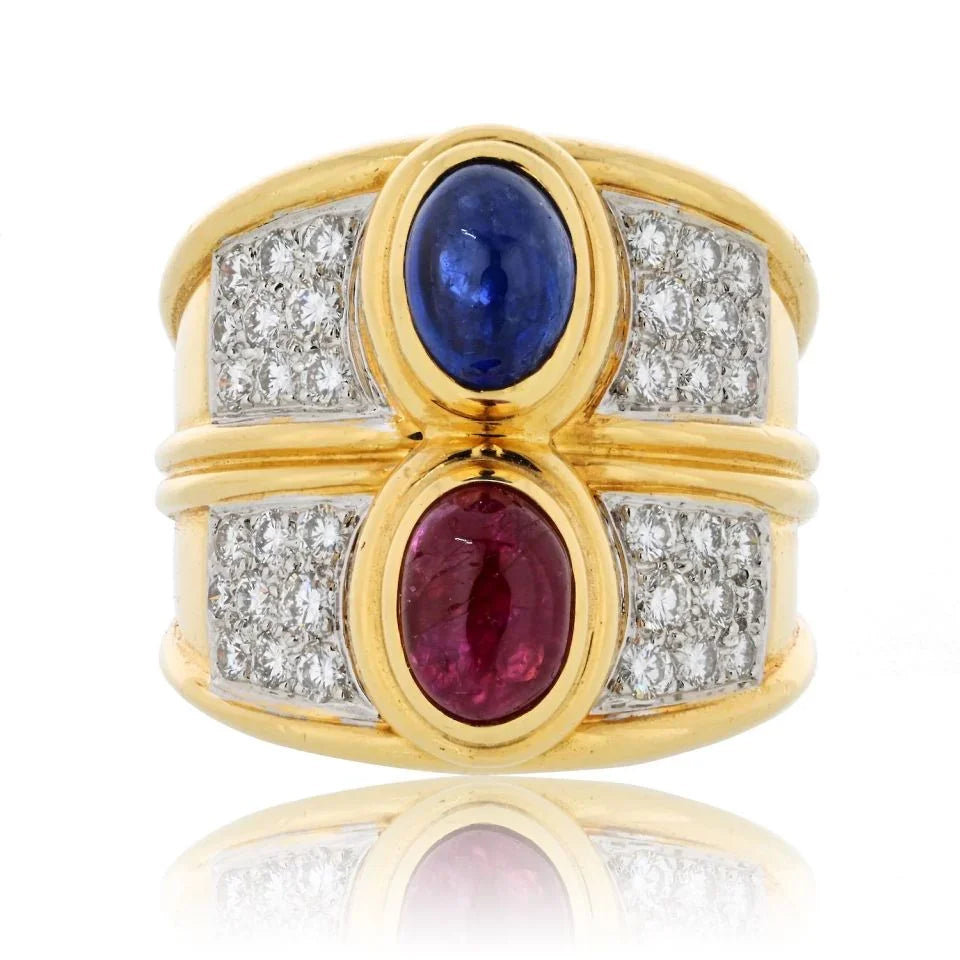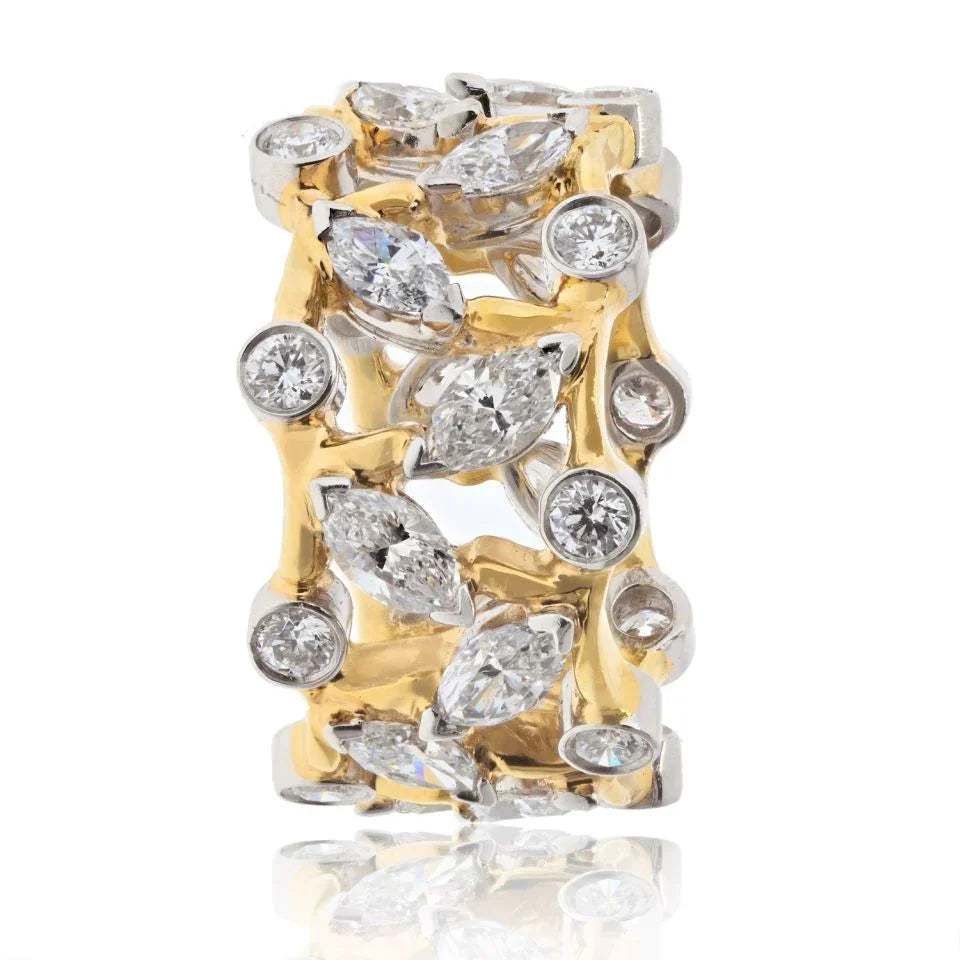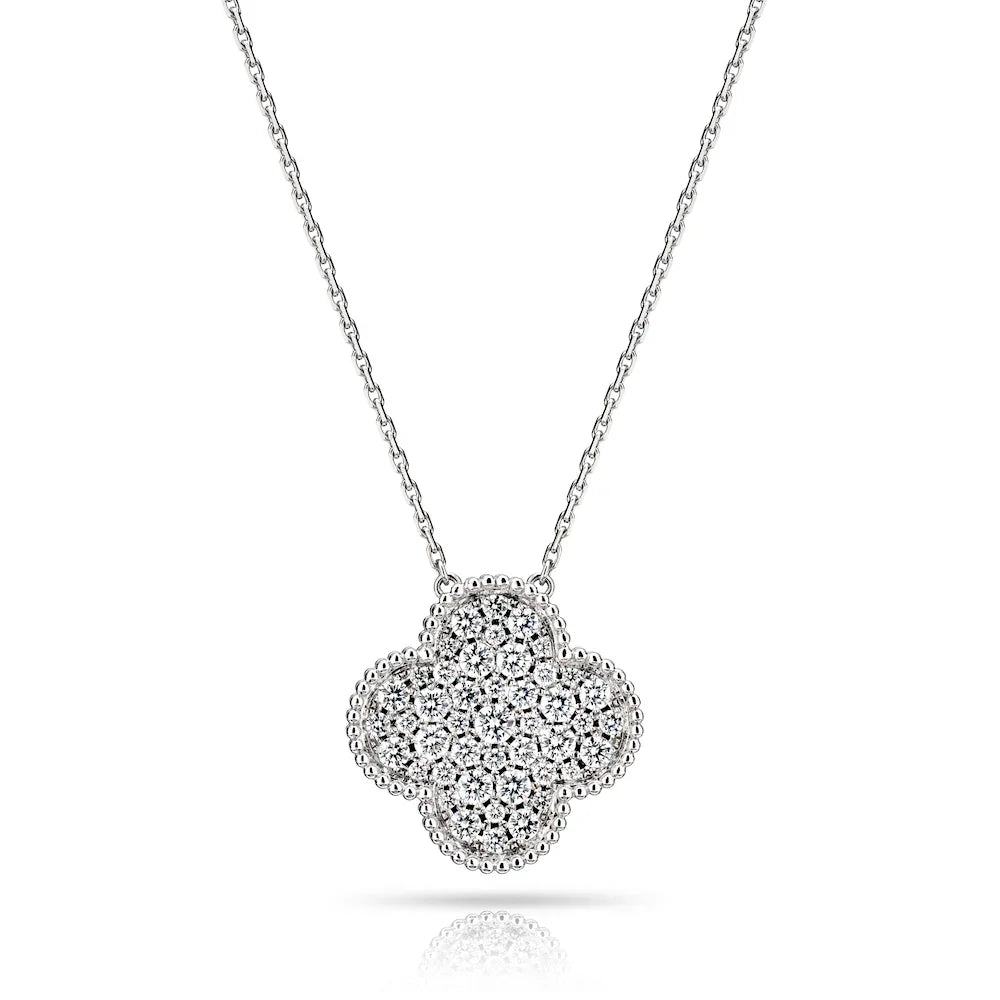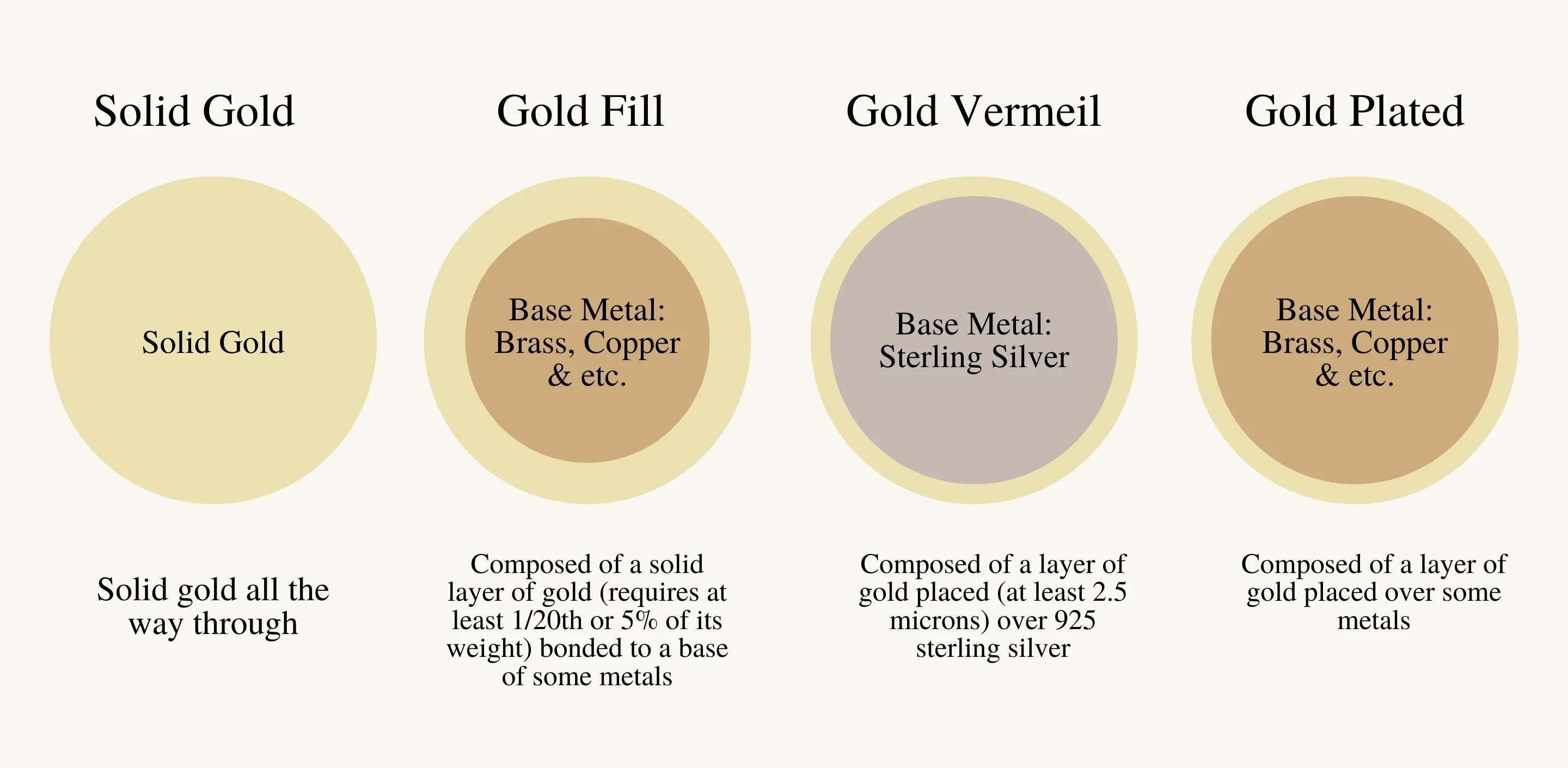Understanding the differences between solid gold, plated gold, and hollow gold jewelry is essential for anyone investing in luxury jewelry. Each material offers unique benefits and considerations for durability, value, and appearance.
At The Back Vault, we explain the key distinctions so you can confidently select the perfect gold jewelry piece—whether it’s a vintage Cartier bracelet, a delicate gold necklace, or a statement ring. Knowing what you’re buying helps you make a smarter investment in your collection and ensures long-lasting beauty.

